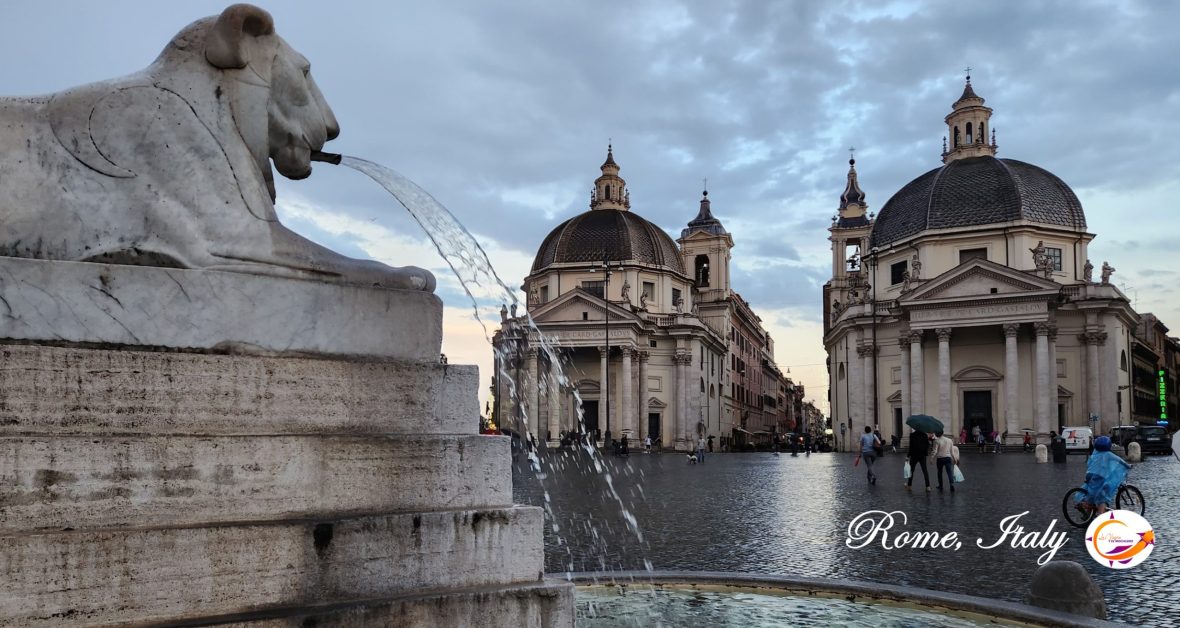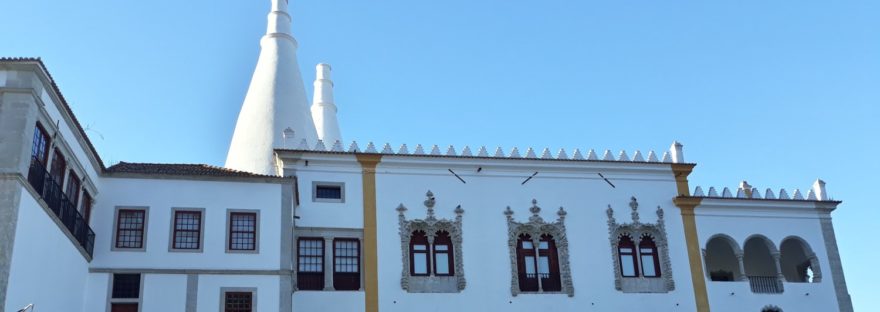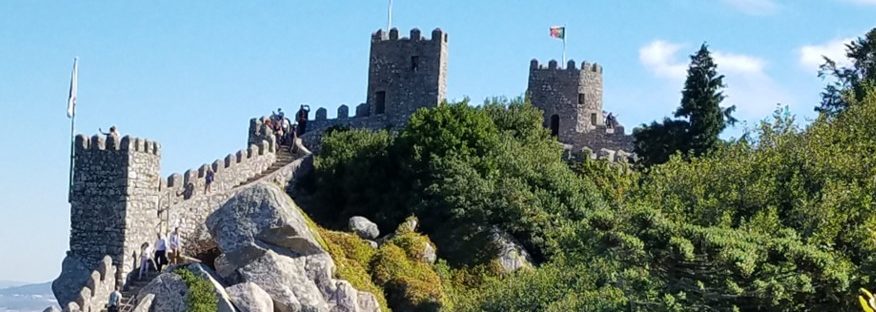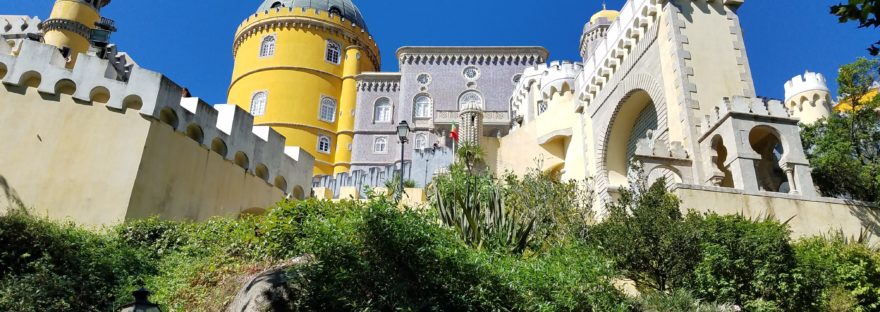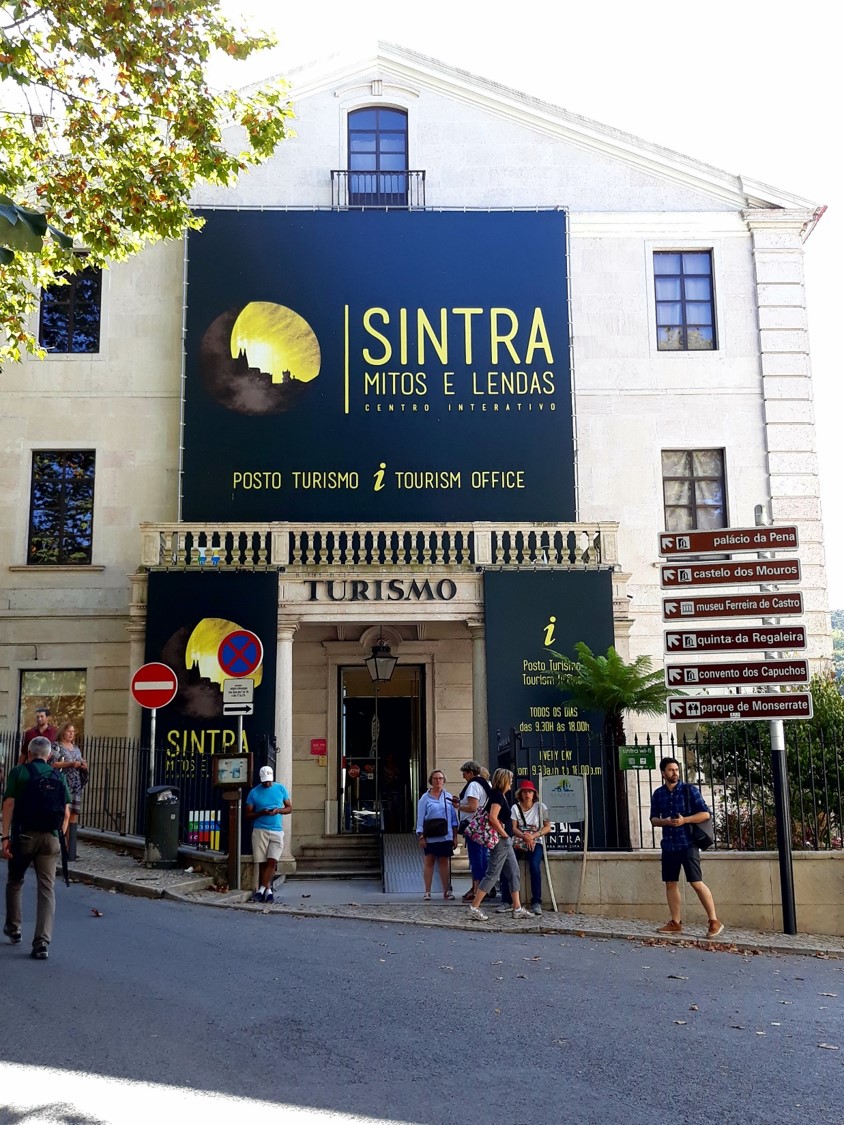 The Sintra Villa , is located among the Sintra Hills Sierra , it is a UNESCO World Heritage Site. It’s history dates to the II century B.C. and was considered part of the Roman city of Olisspo, today known as Lisbon. It is granted the title of Municipality in 1154, a few years after its reconquest for Christianity by Alfonso I of Portugal.
The Sintra Villa , is located among the Sintra Hills Sierra , it is a UNESCO World Heritage Site. It’s history dates to the II century B.C. and was considered part of the Roman city of Olisspo, today known as Lisbon. It is granted the title of Municipality in 1154, a few years after its reconquest for Christianity by Alfonso I of Portugal.
Category: “Sintra”
National Palace of Sintra – Portugal
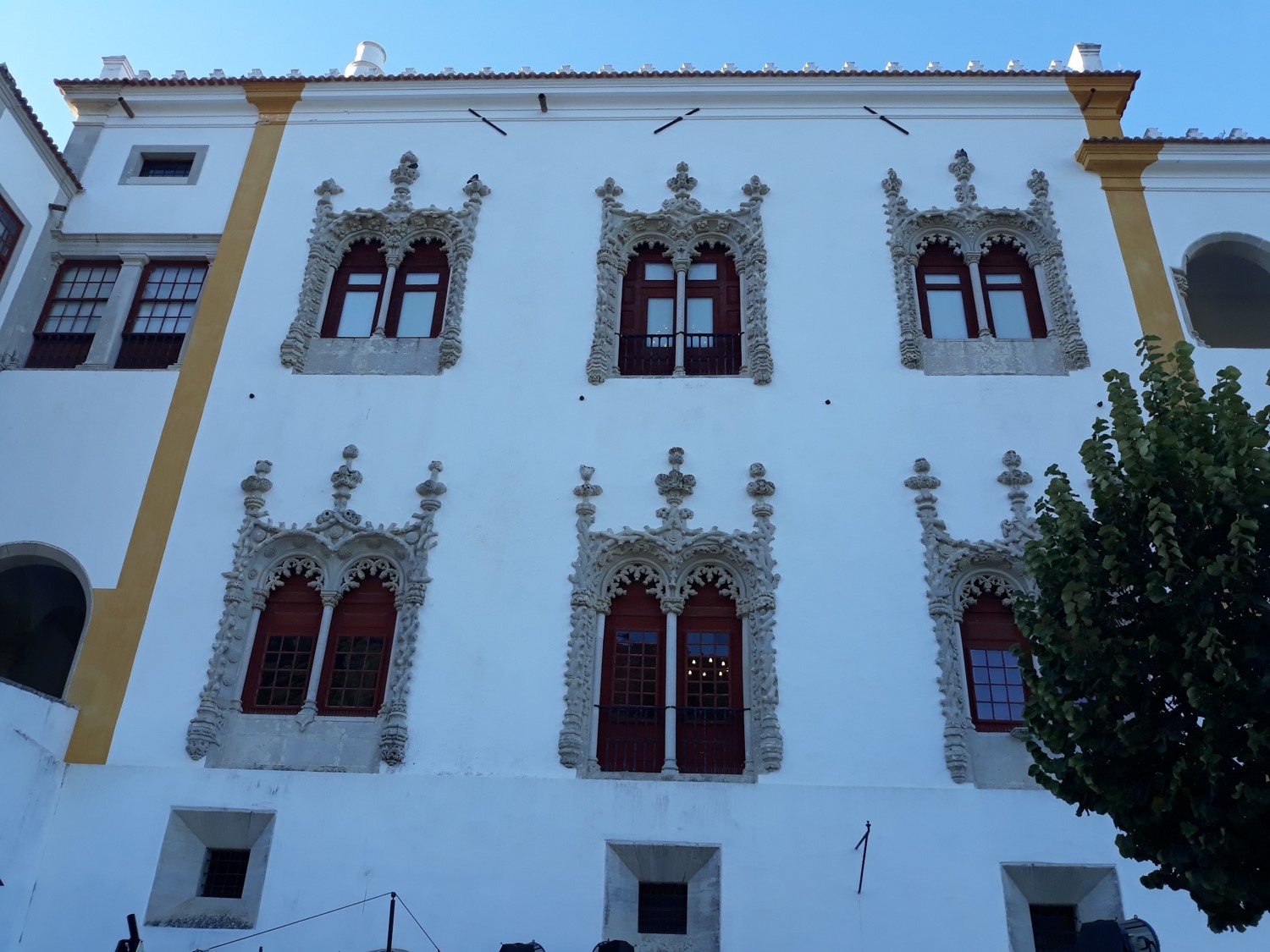 In the São Martinho Ward rises the “Palácio da Vila” better known as the National Palace of Sintra, Portugal. It was originally an urban palace of the sixteenth century and today has become one of the most iconic buildings of Sintra.
In the São Martinho Ward rises the “Palácio da Vila” better known as the National Palace of Sintra, Portugal. It was originally an urban palace of the sixteenth century and today has become one of the most iconic buildings of Sintra.
La Quinta de Regaleira – Sintra, Portugal
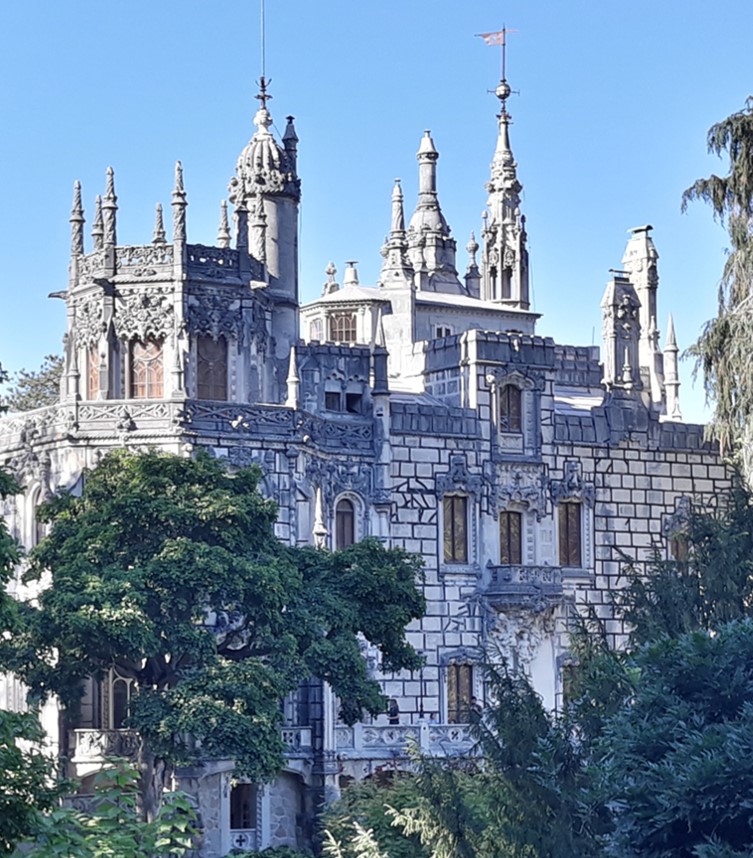 The Brazilian António Augusto Carvalho Monteiro, known as “Monteiro dos milhões” (Monteiro, the millionaire) is responsible and was the conceptual creator of what is now called the “Quinta de Regaleira”, in Sintra, Portugal, a name that, when loosely translated means “the estate of the good life”.
The Brazilian António Augusto Carvalho Monteiro, known as “Monteiro dos milhões” (Monteiro, the millionaire) is responsible and was the conceptual creator of what is now called the “Quinta de Regaleira”, in Sintra, Portugal, a name that, when loosely translated means “the estate of the good life”.
Continue reading “La Quinta de Regaleira – Sintra, Portugal”
Castle of the Moors – Sintra, Portugal
 The “Castelo dos Mouros” or Castle of the Moors was an experience when visiting Sintra, Portugal. Although some assume the challenge of climbing on foot, we preferred to ride the bus that took us straight to the castle. Why? The Castle of the Moors rises on one of the summits of the mountain range, specifically in the parish of São Pedro de Penaferrim in the village of Sintra, Portugal. Continue reading “Castle of the Moors – Sintra, Portugal”
The “Castelo dos Mouros” or Castle of the Moors was an experience when visiting Sintra, Portugal. Although some assume the challenge of climbing on foot, we preferred to ride the bus that took us straight to the castle. Why? The Castle of the Moors rises on one of the summits of the mountain range, specifically in the parish of São Pedro de Penaferrim in the village of Sintra, Portugal. Continue reading “Castle of the Moors – Sintra, Portugal”
Pena National Palace – Sintra, Portugal
 High up in the Sierra de Sintra (Portugal), specifically on the Mount Pena, is one of the greatest exponents of 19th-century Romanticism, the colorful Pena National Palace. Before arriving in Sintra, we had an idea of what the palace was like, but nothing compares to being there and seeing it in all its splendor. Continue reading “Pena National Palace – Sintra, Portugal”
High up in the Sierra de Sintra (Portugal), specifically on the Mount Pena, is one of the greatest exponents of 19th-century Romanticism, the colorful Pena National Palace. Before arriving in Sintra, we had an idea of what the palace was like, but nothing compares to being there and seeing it in all its splendor. Continue reading “Pena National Palace – Sintra, Portugal”
The Tiles of Portugal
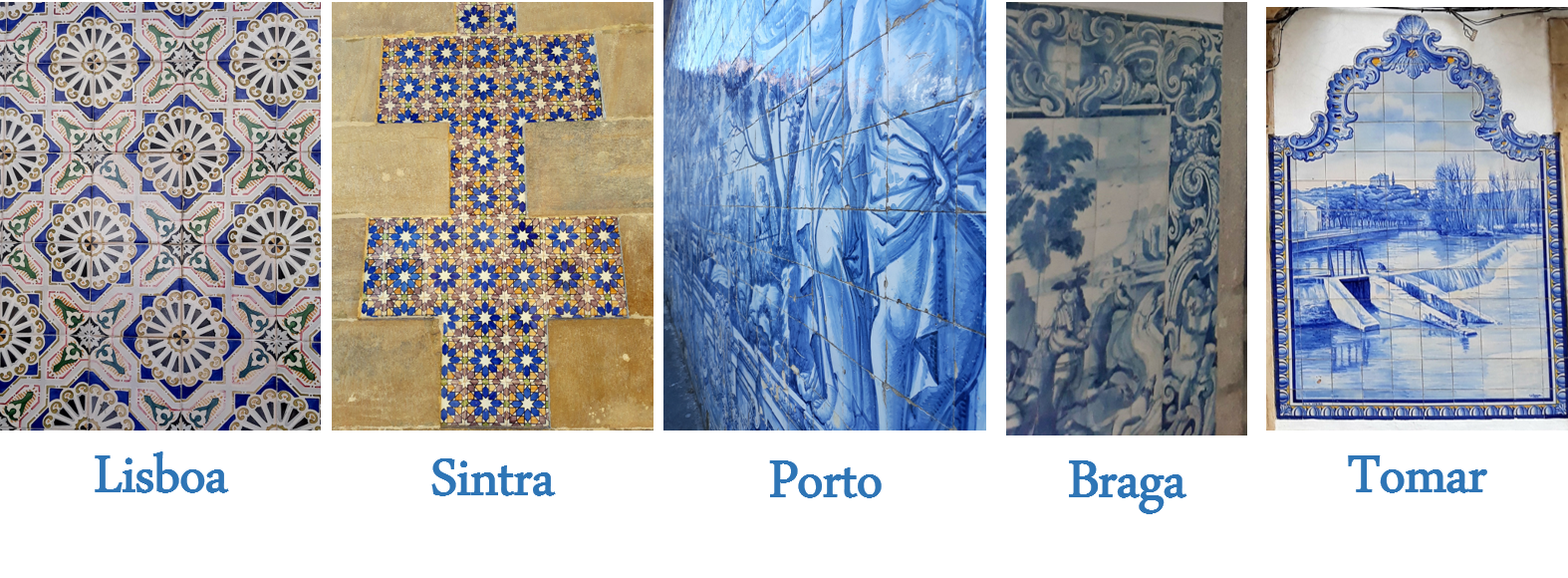
The combination of the materials used in the old and modern structures together with the enhancement of the tile is unique and is a hallmark of what we can enjoy today, both in Lisbon and in many areas of Portugal. The tiles are used in palaces, residences, temples, historical buildings and in many railway stations of the country. Continue reading “The Tiles of Portugal”
